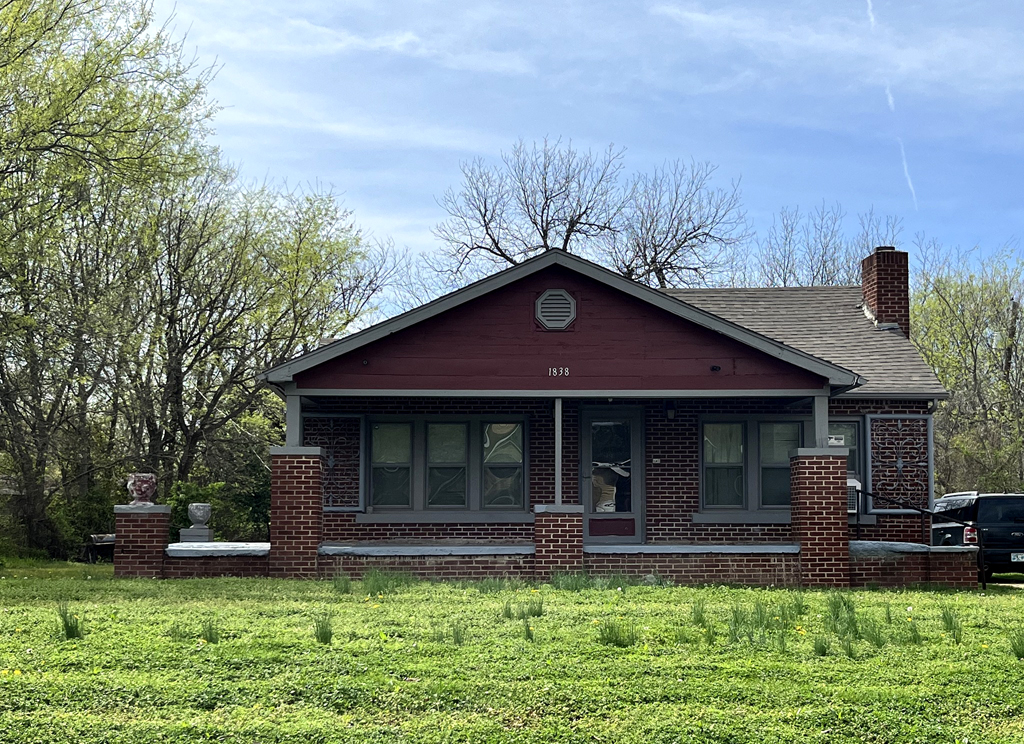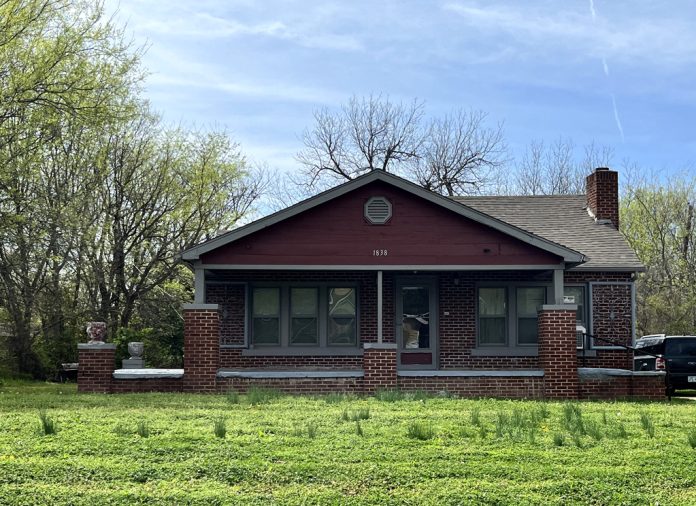The Oklahoma Historical Society and State Historic Preservation Office (SHPO) are pleased to announce the National Register of Historic Places designation for the following properties in Oklahoma. The National Register of Historic Places is our nation’s official list of properties significant in our past.

Jackson County – Altus Junior College Library, 221 N. Park Ln., Altus
The Altus Junior College Library, designed by architect William Appleby, was completed in 1969. This modern movement building is significant in the area of education for its association with President Johnson’s Great Society legislation. As a politician and former educator who came of age during the New Deal Era of the 1930s, Lyndon B. Johnson (LBJ) believed in the combined forces of education and “an activist government.” Accordingly, LBJ’s Great Society legislation emphasized opportunity through education as “the government’s secret weapon in the fight against poverty and unemployment.” The library building was constructed in 1968-1969 using a 1967 federal grant under the Higher Education Facilities Act.
The nomination was prepared through a grant from the Oklahoma City Foundation for Architecture titled the “Lynne Rostochil National Register Nomination Grant Program.” The grant program was established in memory of Lynne Rostochil, an architectural historian and photographer who, in her lifetime, passionately advocated for and diligently recorded Oklahoma’s rich architectural heritage.

Tulsa County – Charles and Bertha Blevins House, 1838 N. Norfolk Ave., Tulsa
The Charles and Bertha Blevins House is an excellent example of a property associated with Black Heritage and Civil Rights history, as it embodies the efforts to promote voter registration and participation in Oklahoma’s elections prior to the passage of the 1964 federal Civil Rights Act. Involvement in local civic and political organizations by the house’s owners, Charles and Bertha Blevins, contributed to the economic and social development of the Black community in north Tulsa during the mid-twentieth century. Most notably, the house served as a polling place for nearby residents, making voting more accessible and secure for Black Tulsans.
Listing in the National Register of Historic Places is an honorific designation that provides recognition, limited protection and, in some cases, financial incentives for these important properties. The SHPO identifies, evaluates and nominates properties for this special designation.
The State Historic Preservation Office is a division of the Oklahoma Historical Society. The mission of the Oklahoma Historical Society is to collect, preserve and share the history and culture of the state of Oklahoma and its people. Founded in 1893 by members of the Territorial Press Association, the OHS maintains museums, historic sites and affiliates across the state. Through its research archives, exhibits, educational programs and publications the OHS chronicles the rich history of Oklahoma. For more information about the OHS, please visit https://www.okhistory.org.















